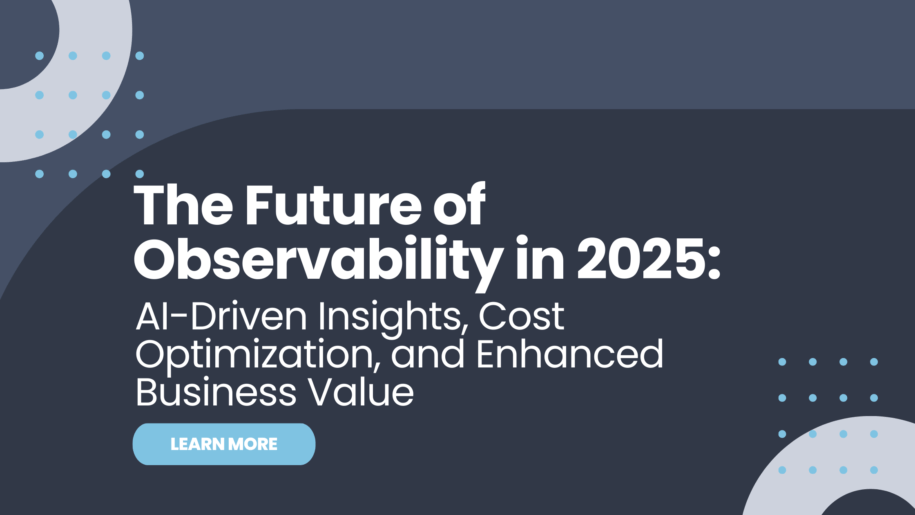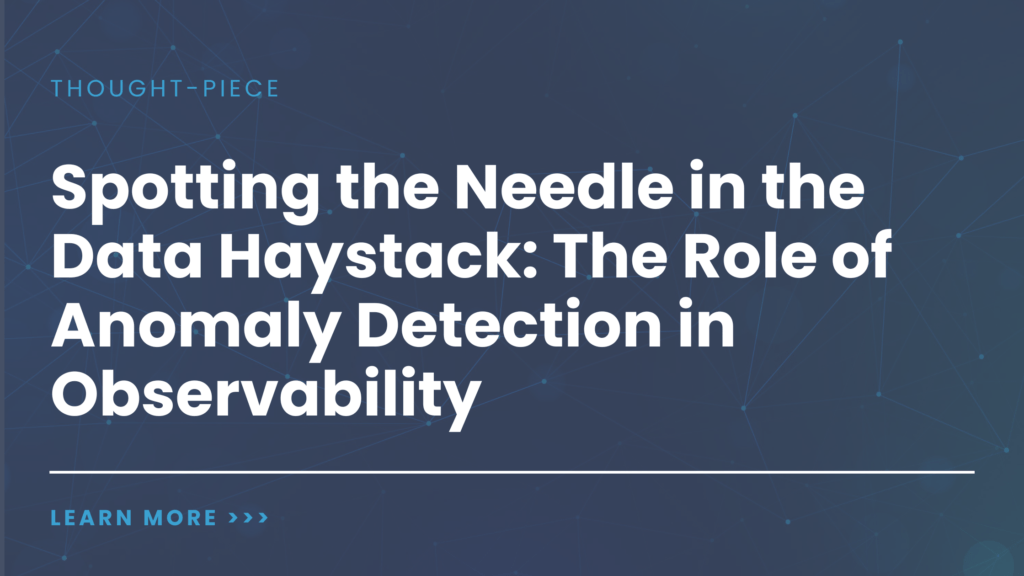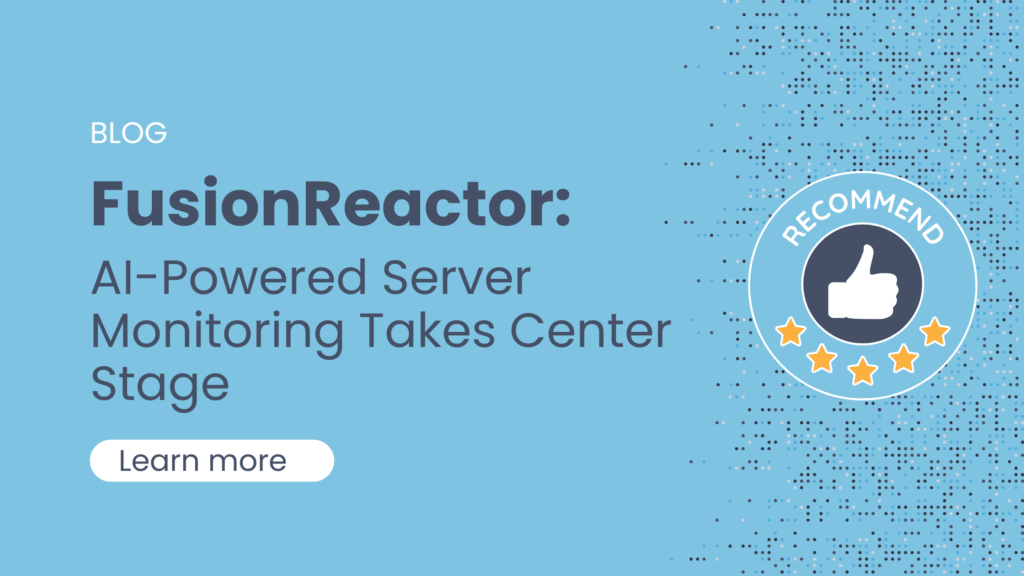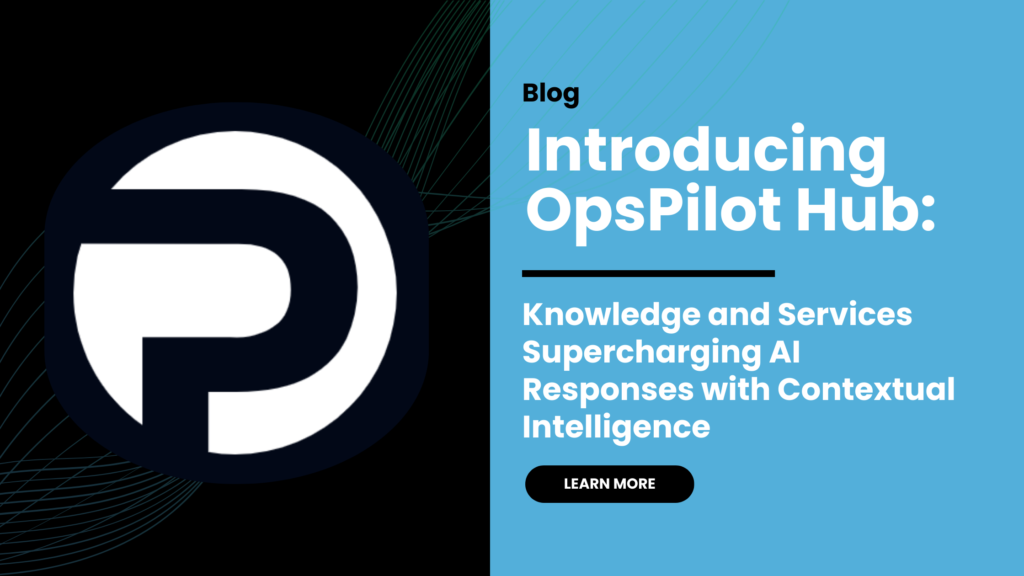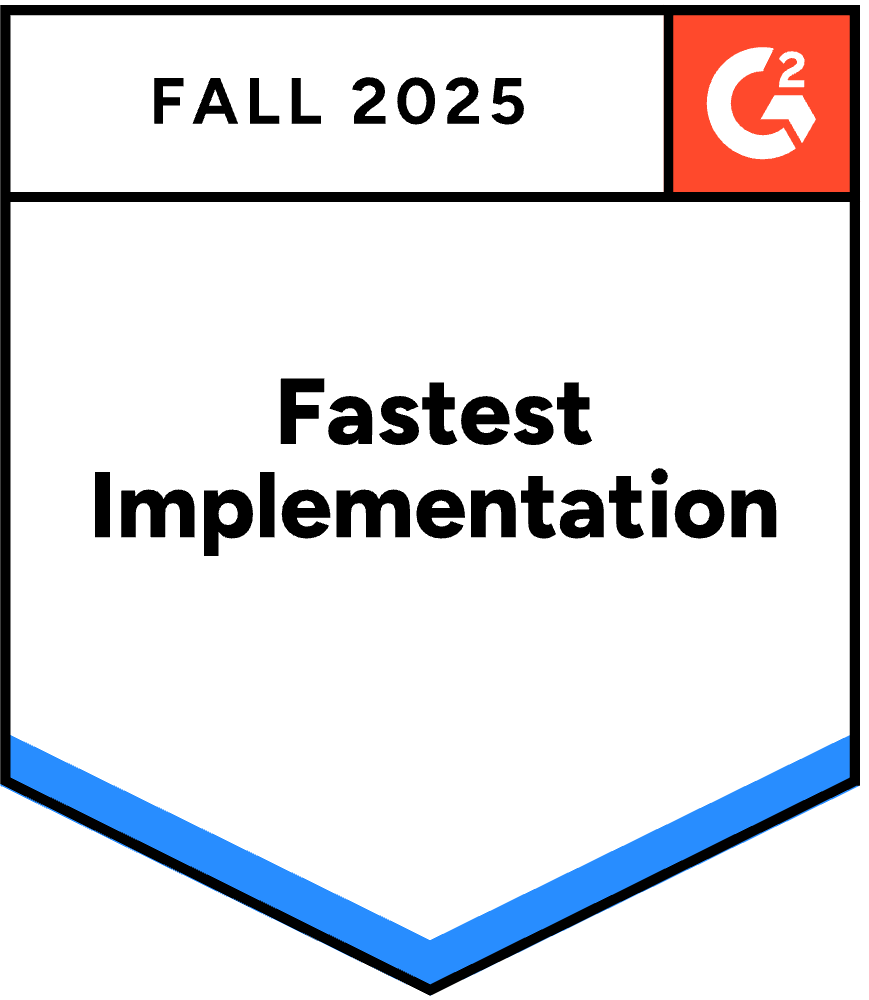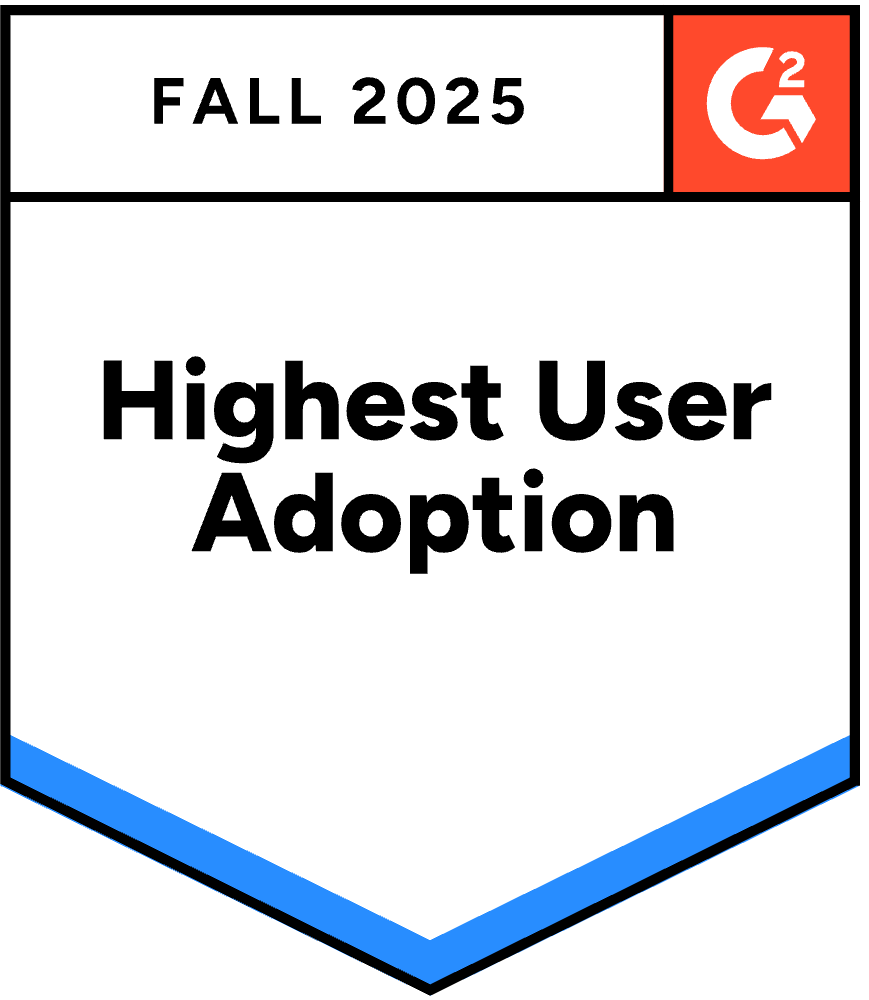The Future of Observability in 2025: AI-Driven Insights, Cost Optimization, and Enhanced Business Value
As we enter 2025, the landscape of observability continues to evolve rapidly, driven by increasing system complexity, the proliferation of cloud-native environments, and the transformative impact of artificial intelligence. Here’s what organizations should expect and prepare for in the year ahead.
The Growing Complexity Challenge
The challenge of managing observability has never been more pressing. According to recent Gartner research, many organizations now generate between 5-10 TB of telemetry data daily, particularly in cloud-native environments. This massive volume of data, combined with the increasing adoption of microservices and serverless architectures, has created complexity that traditional monitoring approaches simply cannot handle.
AI-Driven Observability Takes Center Stage
Artificial Intelligence is no longer just a buzzword in observability – it’s becoming a fundamental necessity. Organizations increasingly recognize that more than human analysts is needed to process and analyze the growing volume of telemetry data effectively. In 2025, we’ll see accelerated adoption of AI-powered observability solutions that offer:
- Automated anomaly detection and predictive analytics
- Natural language processing for easier data access and query generation
- Intelligent root cause analysis
- Automated remediation capabilities
- Predictive capacity planning
Cost Optimization Becomes Critical
With the shift to consumption-based pricing models, cost management has become a crucial aspect of observability strategies. Organizations are moving away from simply collecting all available data to implementing more strategic approaches:
- Intelligent data sampling and filtering
- Implementation of telemetry pipelines for data transformation and routing
- Adoption of open standards like OpenTelemetry to reduce licensing costs
- Optimization of data retention policies
- Regular evaluation of data value versus storage costs
The Rise of Centralized Observability Teams
We’re seeing a clear trend toward centralized observability approaches. More organizations are establishing dedicated Centers of Excellence (COE) or centralized observability teams responsible for:
- Standardizing data formats and collection methods
- Implementing governance frameworks
- Sharing best practices across the organization
- Managing tool consolidation efforts
- Driving automation initiatives
Business-Centric Observability
In 2025, observability will continue its evolution from a purely technical practice to a business-enabling function. According to Gartner’s research, organizations are increasingly focusing on understanding how telemetry data relates to:
- Critical business services
- Customer experience metrics
- Employee experience indicators
- Business outcomes and KPIs
The Impact of Open Standards
OpenTelemetry (OTel) is emerging as the de facto standard for telemetry data collection. In 2025, we expect to see:
- Broader vendor support for OTel
- Reduced dependency on proprietary agents
- Simplified instrumentation processes
- Lower operational costs through standardization
- Increased flexibility in tool selection
Tool Consolidation and Integration
The days of managing multiple disparate monitoring tools are numbered. Organizations are actively working to:
- Rationalize their observability toolset
- Standardize data formats
- Implement integrated platforms
- Reduce operational complexity
- Lower total cost of ownership
The Role of Generative AI
Generative AI is set to transform observability practices in 2025. We can expect to see:
- Natural language interfaces for querying observability data
- Automated documentation generation
- Intelligent-alert description and contextualization
- Automated runbook creation
- Enhanced troubleshooting assistance
Looking Ahead – The Future of Observability in 2025
As we progress through 2025, successful observability strategies will require a balanced approach that combines:
- AI-driven automation and intelligence
- Cost-effective data management
- Standardized practices and tools
- Business-aligned objectives
- Open standards adoption
Organizations that adapt to these trends while maintaining focus on business value will be best positioned to handle the increasing complexity of modern systems while controlling costs and delivering superior digital experiences.
Remember that observability is not just about collecting data – it’s about gaining actionable insights that drive business value. As we move forward in 2025, the organizations that succeed will effectively balance technical capabilities with business outcomes, all while managing costs and complexity in an increasingly dynamic digital landscape.
*[AI]: Artificial Intelligence *[OTel]: OpenTelemetry *[KPIs]: Key Performance Indicators *[COE]: Center of Excellence

